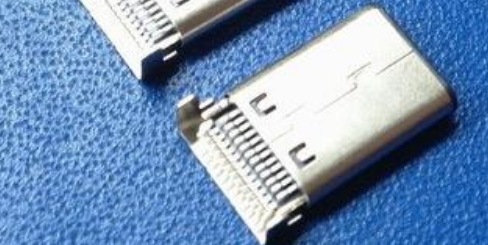What are the advantages of Type-C interface?
发布时间:2023-02-16作者:Shenzhen BBJ technology co., LTD点击:884
Type-C interface is a connection interface of USB interface, which can be inserted regardless of the front and back sides. Like other interfaces, it supports USB standard functions such as charging, data transmission, display and output. Type-C interface is a new type of interface, and the new version of MacBook and Android phones have begun to choose this interface.
In the past, Android phones were basically Micro USB interfaces, which were trapezoidal interfaces, and data cables could only be inserted in the front. The Type-C interface is an oval interface, which supports the insertion of both sides, making it more convenient to use.

Thinner fuselage requires thinner ports, which is one of the reasons why Type-C was born. Type-C interface is 0.83 cm long and 0.25 cm wide. The old USB port is 1.4 cm long and 0.65 cm wide, which is out of date. This also means that the end of the Type-C data cable is one third of the size of the standard Type-C data cable plug.
Type-C interface can supply power in both directions, which can not only charge the device itself, but also supply power to external devices. For example, the Type-C interface used in wireless charging treasure supports both input and output. Compared with the Micro USB interface, the mobile power supply adopts the Type-C interface, and there are more interfaces to charge multiple mobile phones at the same time.
Type-C interface was born with USB3.1. Thanks to this, Type-C caught up with the high-speed USB3.1 speed specification. The transmission speed of USB3.1 Gen1 can reach up to 5Gbps, and the transmission speed of USB3.1 Gen2 can reach up to 10Gbps. It supports USB-PD power supply standard, and the maximum power supply can reach 100 watts, which greatly improves both transmission speed and charging speed.

Type-C interface is very extensible, which can be extended to a variety of audio and video output interfaces, such as HDMI, DVI, VGA interface and so on. Take Apple's Mac Book as an example. In order to pursue thinness, it made a bold design, that is, it only kept the Type-C interface. Although many people complained about this, after using it for a while, everyone also found that it can solve the problem as long as it is matched with a docking station.
To sum up, the Type-C interface is small and light, easy to use, and can also integrate charging, data transmission and video output, so it is not surprising that it has been adopted by the majority of electronic equipment manufacturers. If the Type-C interface can become a unified standard interface for various electronic products in the future, it will greatly improve the convenience of work and life.